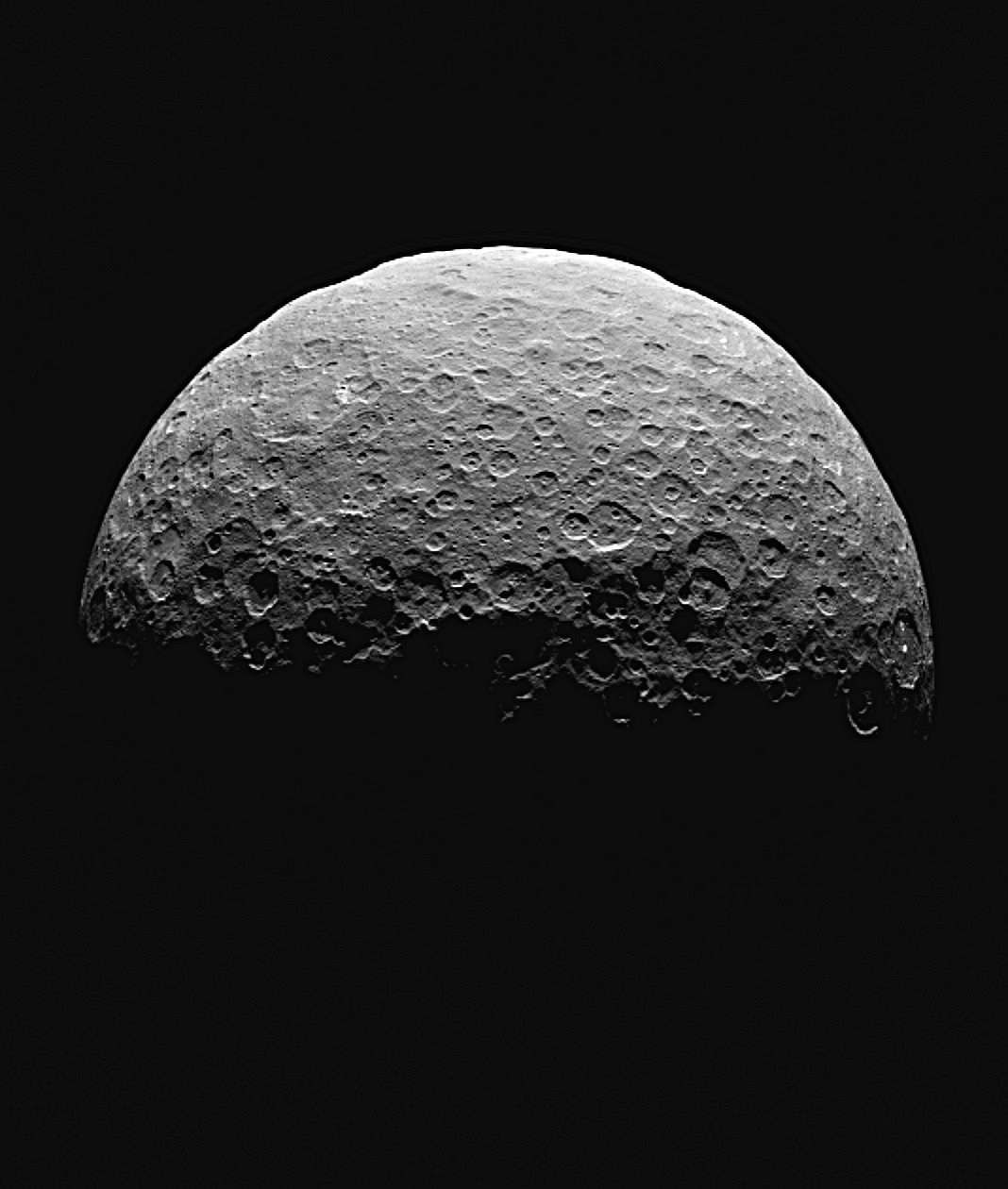It might be oxymoronic to say that the more we find out about something, the more mysterious it becomes. But if that’s true of anything in our Solar System, it might be true about Ceres, the largest body in the main asteroid belt.
NASA launched its Dawn mission in 2007 to study the two heaviest bodies in the main asteroid belt between Mars and Jupiter. One is Vesta, and one is Ceres. Both are interesting worlds and are quite different from one another. Vesta is the smaller of the two and is dry and inactive, characteristics you’d expect to find on an asteroid.
But Ceres is different. Dawn found evidence of cryovolcanic activity on the ice-rich body and hydrated minerals indicating water’s presence. More importantly, the mission found complex organics on the dwarf planet.

How did they get there? What do they tell us about Ceres’ origins? About its potential habitability?
The first thing we need to reckon with when it comes to Ceres is that even though it’s in the main asteroid belt, it likely didn’t form there. It’s probably a surviving protoplanet from the Solar System’s early days and originated further out in the Solar System. When Jupiter migrated inward, Ceres was propelled into the main belt. Evidence for this is in Ceres’ ammonia salts, which are far more abundant beyond the asteroid belt.
That’s the background history. But the most intriguing thing about Ceres is its complex organic chemicals. It hosts aliphatic molecules consisting of hydrogen and carbon atoms. Because of these chemicals, its ample water ice, its hydrated minerals, and evidence showing it may have been a water world, scientists think the small world had everything necessary for life.
New research presented today at the Geological Society of America’s GSA Connects 2023 meeting focuses on these organic chemicals and examines their origins.
There are two competing explanations for Ceres’ organic chemicals: They either formed there in situ or were delivered or maybe created or modified by impacts. If scientists can ascertain which method is responsible, they can decipher Ceres’ origins more precisely and even determine if it was ever habitable.
The research is titled “THE EFFECTS OF IMPACTS ON THE REFLECTANCE SPECTRA OF ALIPHATIC ORGANICS: IMPLICATIONS FOR CERES.” Terik Daly led the study, and Daly is a planetary scientist at the Johns Hopkins Applied Physics Laboratory. Daly and his colleagues used NASA’s Ames Vertical Gun Range to mimic impacts on Ceres.
Ceres is covered in impact craters, and one of them, called Ernutet, has an unusually high concentration of organic matter close to it. This naturally led scientists to ponder the matter’s possible impact-related origins.
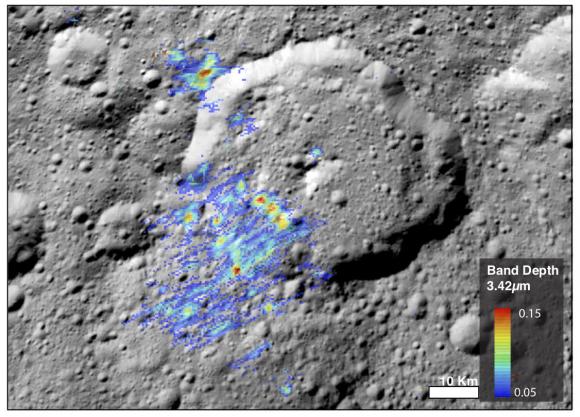
“The organics were initially detected in the vicinity of a large impact crater, which is what motivated us to look at how impacts affect these organics,” said Daly. “We are finding that organics may be more widespread than first reported and that they seem to be resilient to impacts with Ceres-like conditions.”
Ceres, like many worlds without atmospheres, is covered in impact craters. So, regardless of how the organic chemicals originated, they faced a barrage of impactors over time. An important step in understanding their origins and Ceres’ history is understanding how impacts could’ve affected these chemicals.
“Although researchers have performed impact and shock experiments on various types of organics in the past,” says Daly, “what was missing was a study dedicated to the type of organics detected on Ceres using the same type of analytical method used by the Dawn spacecraft to detect them.” That’s what Daly’s study does, and it allows more direct comparisons between the experimental data and the spacecraft data.
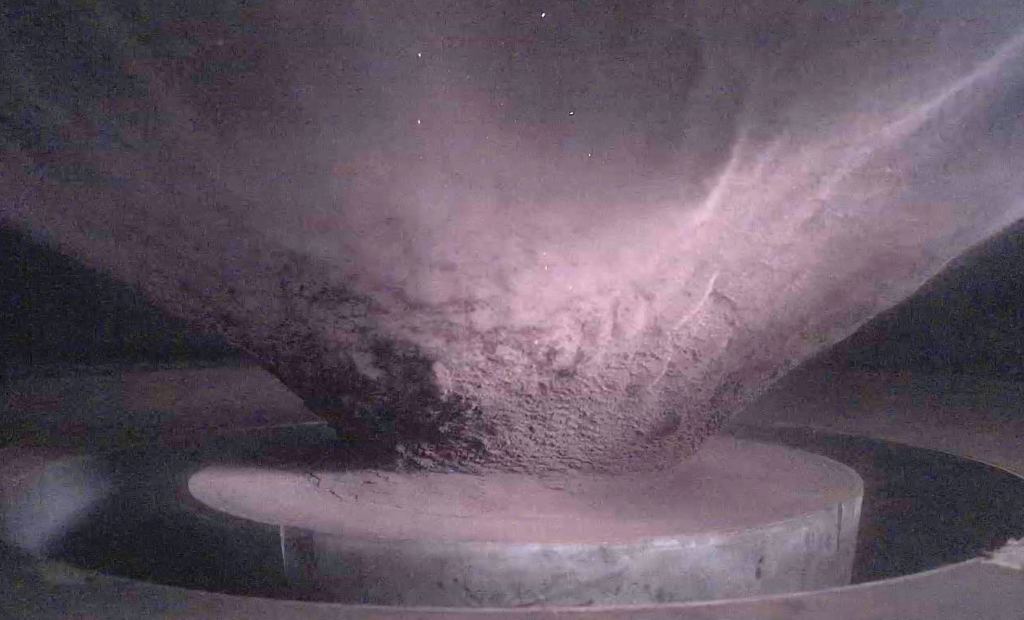
The experiments mimicked the conditions on Ceres during impacts. Impact velocities ranged from 2–6 km/s (4,400–13,000 mph.) The impact angles varied between 15 and 90 degrees. But there was more to it.
Two of Daly’s co-researchers are Jessica Sunshine, an astronomer at the University of Maryland, and Juan Rizos, an astrophysicist at Instituto de Astrofisica de Andalucia in Spain. The pair helped with the impact gun experiments, but also made another important contribution.
They combined data from two of Dawn’s instruments, the camera and the imaging spectrometer, in a novel way. The camera had a higher resolution than the spectrometer, making their combined data a little unwieldy. Using an algorithm, they extrapolated the compositional information from the spectrometer down to the camera’s higher spatial resolution. This gave the researchers new insight into Ceres’ organic chemicals.
“People had looked at the Dawn camera data and the Dawn spectrometer data separately, but no one else had taken the approach our team used to extrapolate the data from one instrument to another, which provided new leverage in our search to map and understand the origin of organics on Ceres,” says Sunshine.
The result is almost like a new data set, and it produced some enticing results.
“By capitalizing on the strengths of two different datasets collected over Ceres, we’ve been able to map potential organic-rich areas on Ceres at higher resolution,” said Rizos. “We can see a very good correlation of organics with units from older impacts and with other minerals like carbonates that also indicate the presence of water. While the origin of the organics remains poorly understood, we now have good evidence that they formed in Ceres and likely in the presence of water.”
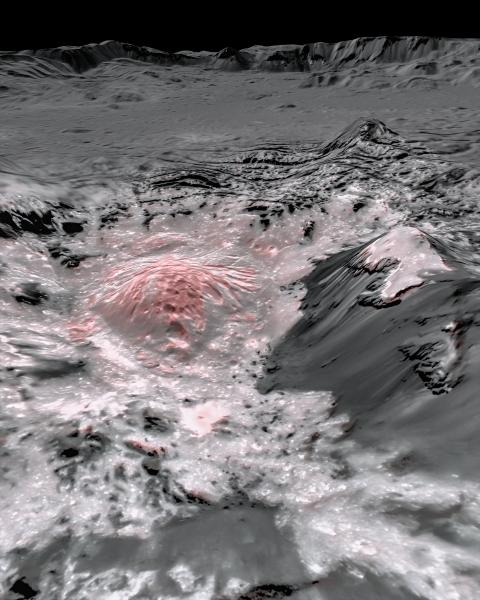
If these results are correct, it expands the conditions where life’s building blocks can form. But there’s more, according to Rizos.
“There is a possibility that a large interior reservoir of organics may be found inside Ceres,” adds Rizos. “So, from my perspective, that result increases the astrobiological potential of Ceres.”
Organic chemicals are some of the most important clues to the presence of life in our Solar System and how it originated. That’s doubly true of their presence on bodies other than Earth. If scientists can piece together a bigger picture, then maybe one day we can understand life’s origins more definitively. This study is one step toward a more complete picture, but two missions, one in progress and one planned for the future, could reveal even more clues.
NASA’s Lucy is only two years into its long, 12-year journey to visit eight different asteroids, two in the main belt and six Jupiter Trojans. The mission will add to our understanding of organics in the Solar System depending on what it finds on these two distinct asteroid populations.
Jessica Sunshine, co-author of this research, is also on the Lucy team. “We will likely find differences, as the Trojan asteroids have experienced very different impact histories from Ceres, and because there are two compositionally different types of Trojan asteroids. Comparisons to Ceres will help us understand the distribution of organics in the outer solar system,” she said.
Another proposed mission might dispel even more of Ceres’ mystery. “The U.S. National Academy of Sciences has endorsed a sample return from Ceres in the short list of high-priority mission targets,” said Rizos. “If that happens, it will be several decades in the future.”
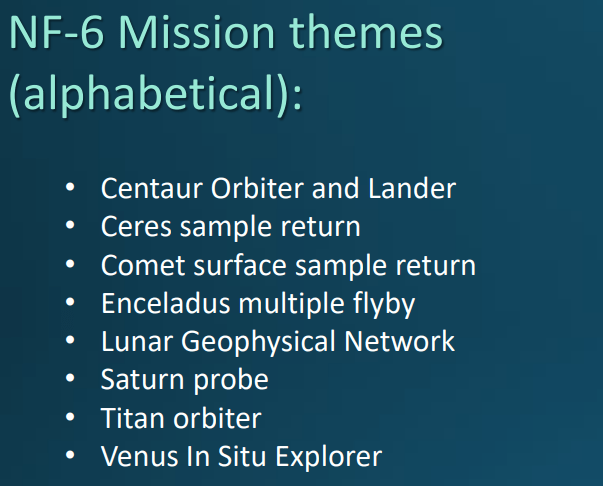
In a way, these results only deepen Ceres’ mystery. Could it be habitable? Are its organics intrinsic, and is there a reservoir of organics inside the dwarf planet? How does it compare to other asteroids?
Those questions probably can’t be answered until we get a sample. But this research, with its novel data-combining approach, shows that there’s more evidence waiting to be uncovered in existing data.
“Novel analyses of existing data are a great way of making new discoveries in the meantime,” said Rizos.

